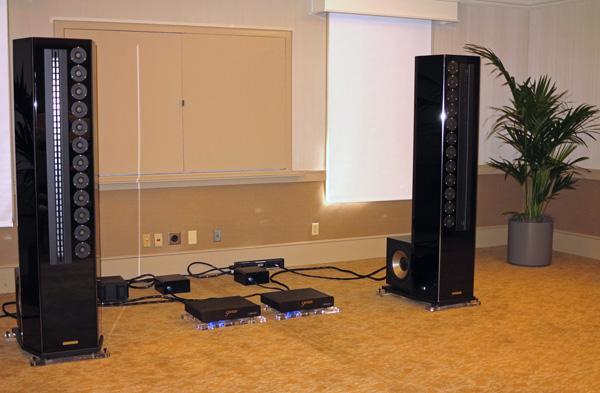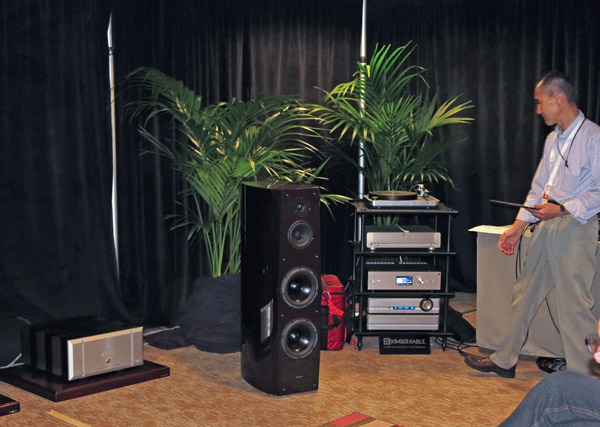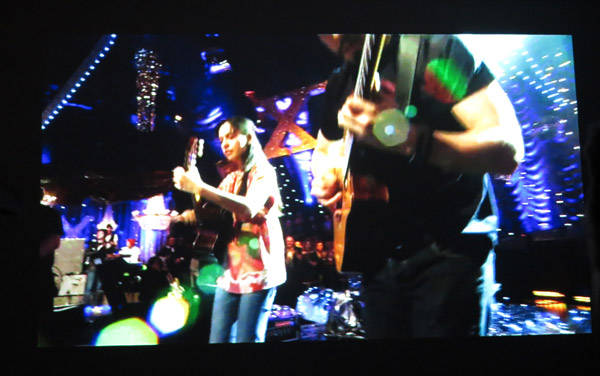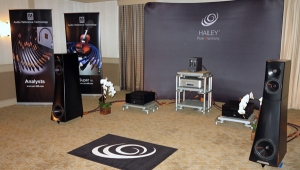| Columns Retired Columns & Blogs |
What a fantastic day JVS!
I have been impressed w/ the Sony ES speakers since they 1st broke into the scene. Equally impressive are the Magico / MIT combo.
Thirdly, Stage III concepts builds the finest power cords out there.
Wish I could have been at the SHOW!






































